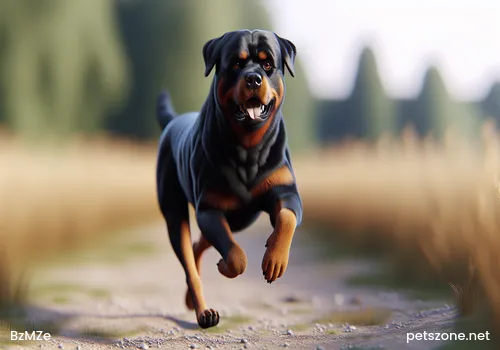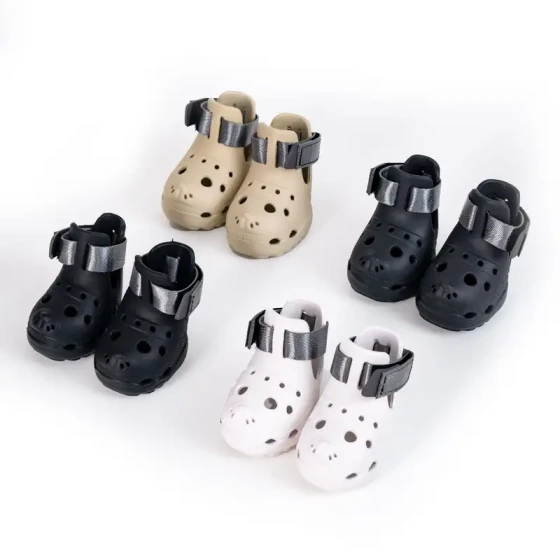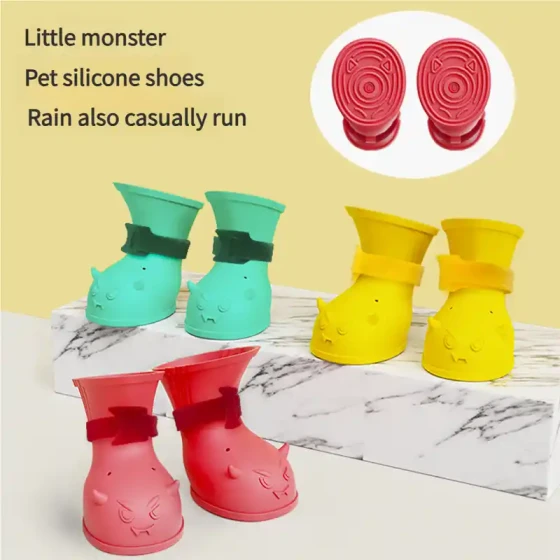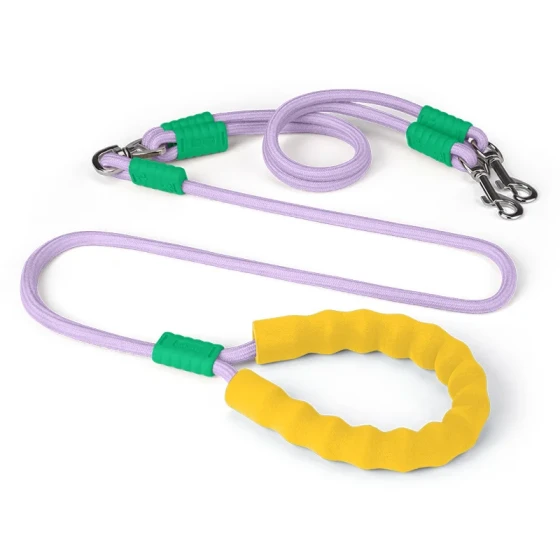What Are the Heatstroke Prevention Techniques for Dogs

Whippet (detailed introduction)
Summer is a season suitable for outings, but how to deal with the hot weather is something we need to consider. Some owners may even take their dogs along when going out, so heatstroke prevention is definitely important. Because heatstroke in dogs is different from ours, and if it’s severe, it can be life-threatening, so let’s learn about the heatstroke prevention techniques for dogs.
Avoid taking dogs out during high temperature periods
Dogs have very poor adaptability to external temperatures; they are among the animals prone to heatstroke. Symptoms include increased body temperature, rapid breathing, restlessness, fainting, seizures, and severe cases may involve vomiting, pulmonary congestion, nasal congestion, and even death.
Cooling tip: The main heat dissipation areas for dogs are the pads of their feet and their tongues. In the hot summer weather, the ground temperature is higher than the air temperature. When dogs walk on the ground, the heat dissipation function of their foot pads weakens, making them prone to heatstroke. Therefore, owners should avoid taking their dogs out during the day. When owners go to work, don’t keep the air conditioner on for long periods; it’s better to set a timer for the air conditioner with moderate temperature and frequently open windows for ventilation.
If you’re worried about your dog while at work, you can try this method. Fill used soda bottles with water, seal them tightly, and place them in the freezer. After the water freezes completely, take the bottles out and put them in the dog’s small bed — the dog will naturally run over to enjoy this "cool retreat."
Maintaining sufficient water intake for your dog daily is also an important measure to prevent heatstroke. If conditions allow, on weekends or holidays, owners can take their dogs to the countryside to cool down. Note that when traveling, never leave dogs locked in cars or trunks, nor let them perform intense exercise.
Avoid misconceptions: Some owners like to bathe their pets every day in summer. Pets’ skin can secrete a protective film, and bathing too frequently will wash this off, which is actually detrimental to their health. Small dogs only need a bath once a week, and large dogs once every two weeks. Because dogs have almost no sweat glands on their body surface, shaving their fur does not produce effective cooling. However, for long-haired dogs, it is still necessary to trim and clean to improve convective heat transfer, which helps with heat dissipation through the body surface.
Elderly dogs need special care
Young dogs generally coordinate well with temperature and don’t require special care; however, elderly dogs over eight or nine years old need extra attention. Rising summer temperatures and changing air pressure can weaken elderly dogs’ heart and lung functions, possibly triggering latent heart diseases.



